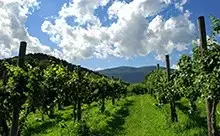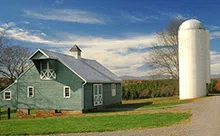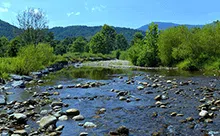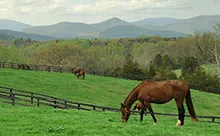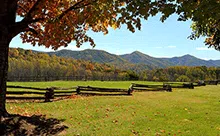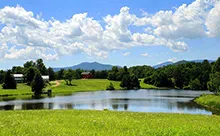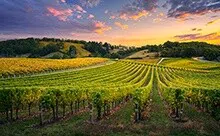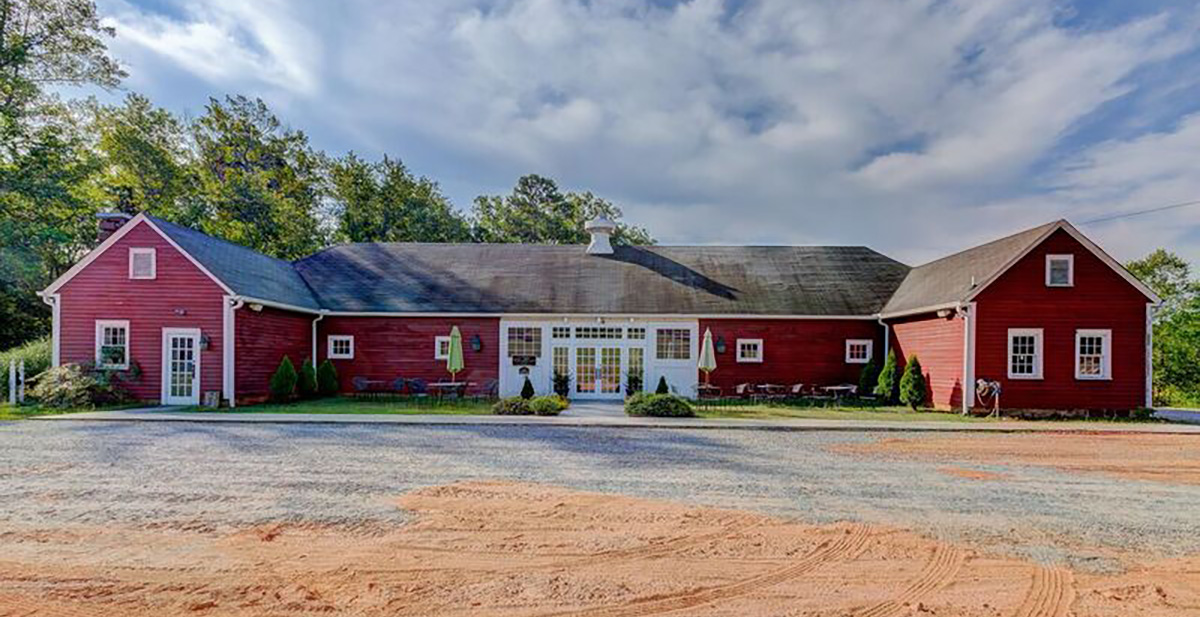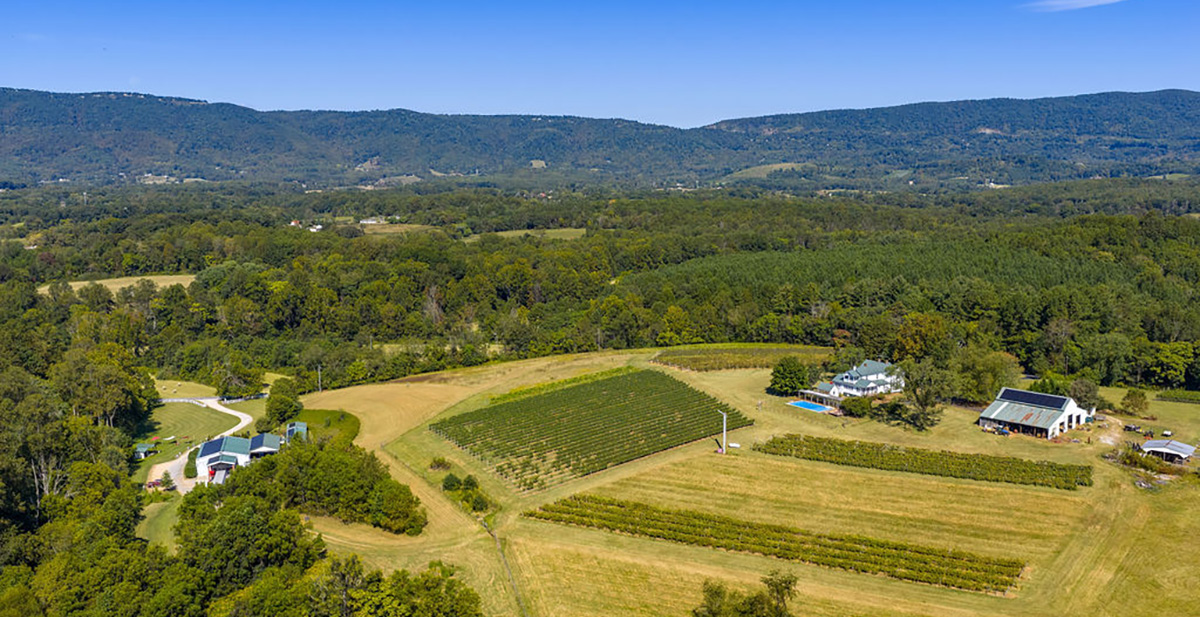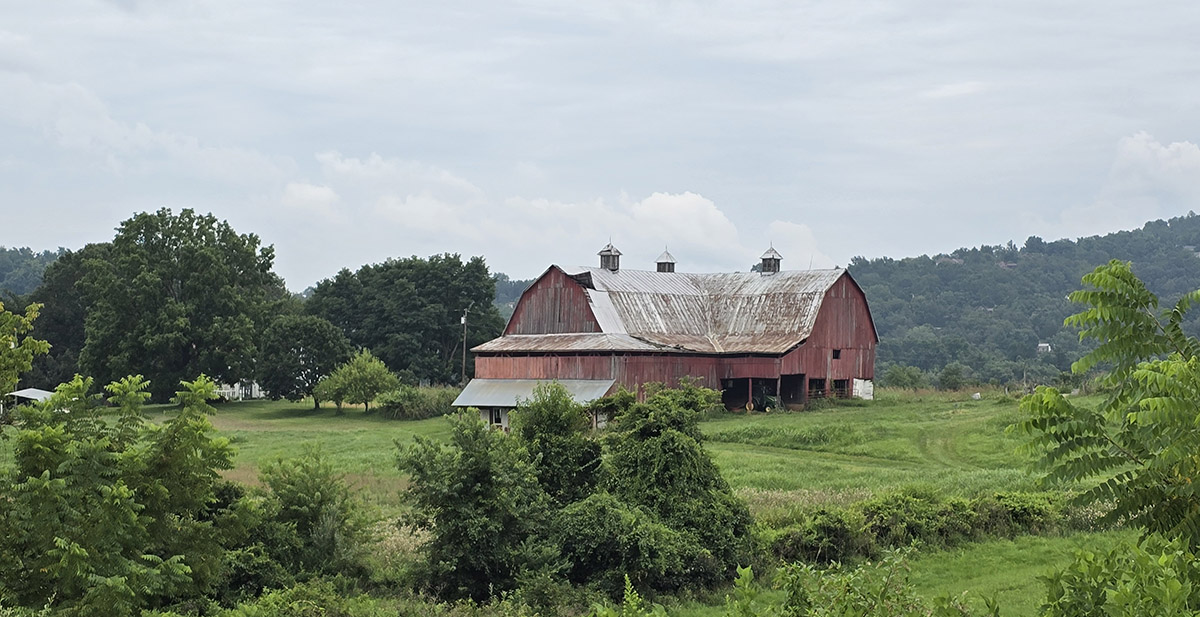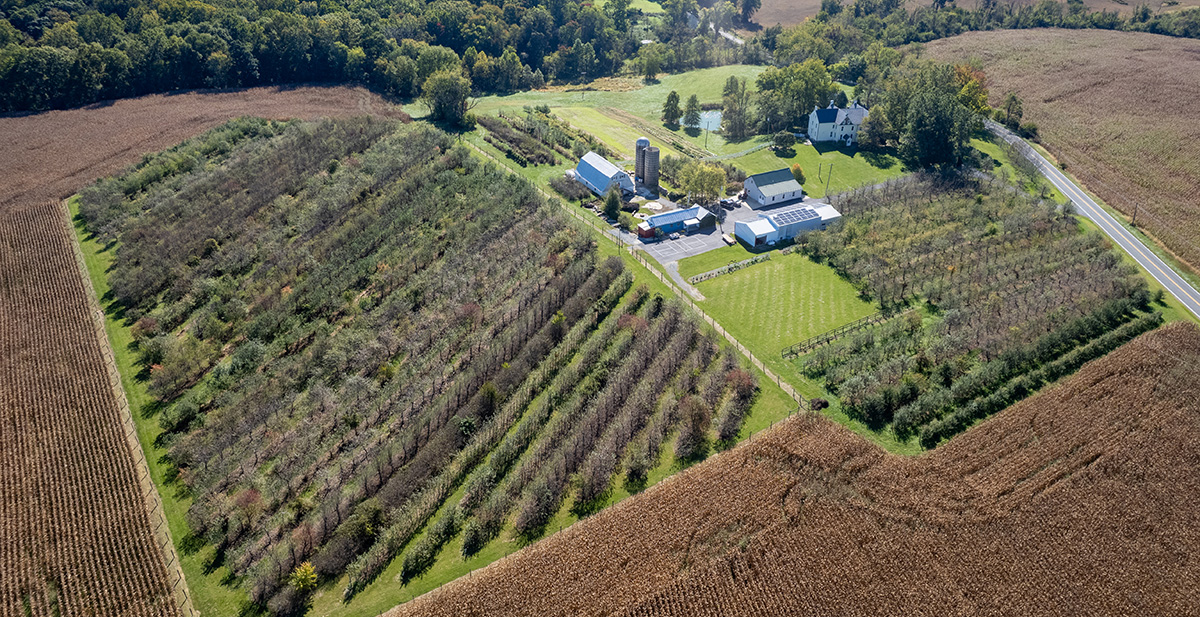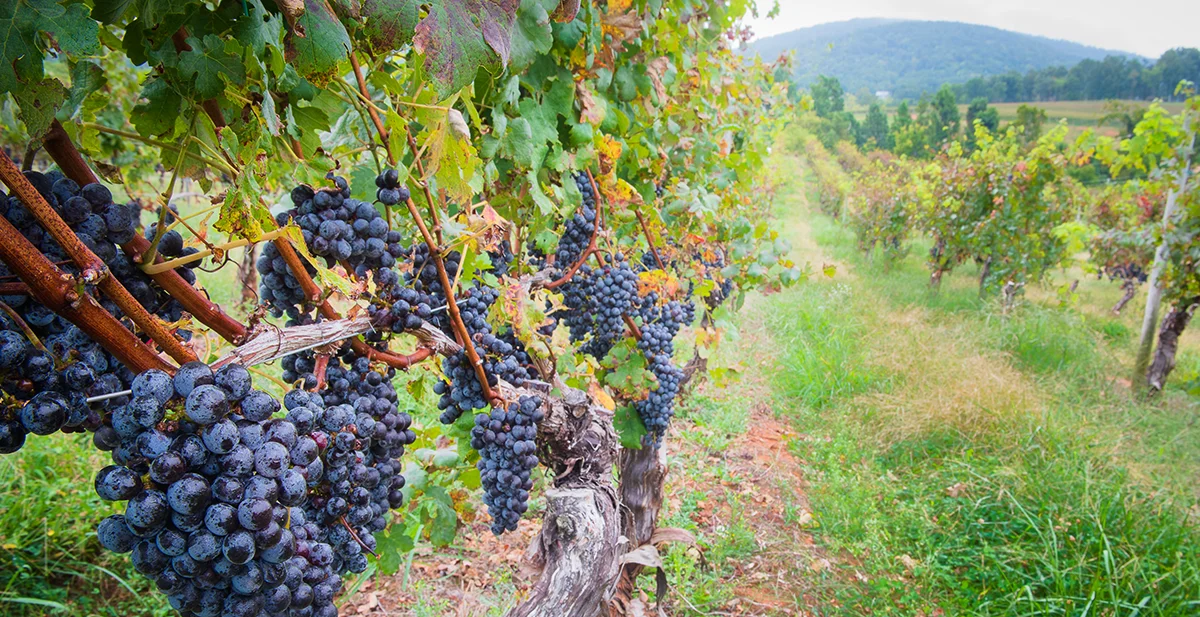home / virginia real estate / farms / virginia farm buying guide / virginia soils
Virginia Soils
The fertile soils of Virginia are legendary. Many farmers or agronomists have come to Virginia to enjoy the variety, quality and the quantity of the Virginian soil.
Virginia employs the runoffs of the Blue Ridge Mountains, the glacial till of a time gone by, and the collective humus of the eons to offer the agronomist a variety of soil compositions to work with.
Soils are an incredible renewable sustainable natural resource. Soils naturally supply the roots of plants with water, air and nutrients as well as giving the plants a point of attachment. Soil absorbs incredible amounts of rainfall and recycles plant and animal residues, all the while protecting the underlying strata from the mineral degrading elements, water, wind, freezing and the sunlight.
Virginia Soil Resources
Virginia’s soil genesis and distribution is quantified through numerous methodologies and resources. Soil is analyzed, measured and tracked by the USDA, the Commonwealth of Virginia and various avenues of higher learning.
The United States Department of Agriculture
The USDA is a clearing house of information and a source of funding for the voluminous studies that seek to quantify and map the various characteristics of Virginian soils. 95% of the countries soils have been catalogued and can be obtained from the USDA Natural Resources Conservation Service (NRCS).
The Commonwealth of Virginia
Virginia’s Commonwealth supplies online help as well as background to the agronomists and the colleges attempting to assist the farmer in their selection of appropriate tailored soils or remediation assistance to bring a farm’s soils to the appropriate levels of a particular crop’s soil requirements.
Colleges of Virginia
Virginia State, Virginia Tech, and the University of Virginia offer courses to educate and possess extensive libraries of knowledge concerning soils, and provide local expertise through their extension services.
The Nature of Soil
Optimal soil supports and protects the plant and animal life dependent upon it and attached to it. The composition of soil is surprising. The soil can be described simplistically as made up of four components: air, water, minerals and organic matter.
Air
Occupying the voids between the solid particle, air makes about 25% of the volume of soil. From that air the plants will extract oxygen, nitrogen and carbon dioxide. The air will also contain the gasses of decomposition from the breakdown of the organic matter, methane among them.
Water
A second route of transport into the plants, water supplies hydrogen and oxygen, used in the plants respiration, but also carries minerals leached from the solid parts of the soil composition and from the constantly degrading organic components. Water typically occupies about 25% of a soil’s volume.
Minerals
The most basic building blocks, the minerals result from mountains eroding or sediments left from the early departed seas. Mountains that have shed material due to the freeze thaw cycle or from the grinding of the glaciers create materials that can be deposited by a litany of methods, wind, erosion, gravity and glacial tillage.
Oceans that previously occupied areas left huge amounts of settling minerals, minerals derived from decaying crustaceans and their excretions, concentrated by evaporation and deposited on the formerly ocean’s floor. Minerals make up about 45% of a soils volume.
Organic Matter
Putting the “good” in the dirt, organic matter only makes up about 5% of a soil’s volume, but it is vital for supplying the bulk of carbon to all the plant life forms. Carbon puts the “organic” into us all. Much like water is the universal solvent, carbon is the universal solute, offering multiple binding sites for the other elements of life, hydrogen, nitrogen and oxygen.
Virginia Soil Divisions
Without a map to locate the various characteristics across Virginia, farmers have no idea where to find the soils who’s properties they seek. A Virginia farm realtor with the knowledge of soils and the resources to identify the areas most appropriate for your future agronomical endeavors is a recommended asset.
Your realtor will help you understand the four general constructs of Virginia’s soil composition, and how they relate to your crops or animals. The four major soil divisions have been identified as: the Appalachian, the Blue Ridge, Piedmont and the Coastal Plains.
The Appalachian Division
Formed by the ancient seas, sedimentary formations contain high volumes of nitrogen bearing limestone. These soils are of sufficient depth to support plant life and are mostly alluvial in nature, (that is, deposited by water) and have the desired level of permeability, not only allowing water to pass through but to store water in sufficient volumes for agricultural purposes. As these soils are found mainly in the valley, their low elevations and relative flatness are conducive to tillage.
The Blue Ridge Division
The Eastern side of the Blue Ridge Division is formed mostly of igneous rock formed by magma or metamorphosed rock formed by geologic pressures. As this region is highly crystalline and has a minimal organic cover, it is not well suited to agriculture. The South Western side, however, is made of sedimentary materials and offers sweeping low slope valleys of deep soils and gentle drainage, well suited to the agronomist.
The Piedmont Division
There are areas of this division that have historically been farmed. But the nature of the minerals, mostly of igneous and metamorphic origin, has resulted in a soil which is highly acidic and must be treated with nitrogen and fertilizer to become agriculturally useful. Due to the thin layer of organic material, these areas are subject to erosion and must be managed accordingly.
Coastal Plains Division
Proximity to the ocean has left a land once formerly covered by the ancient oceans and sedimentary rock bereft of nutrients as the waters eroded the soils to other areas. What is left is a collection of acidic, infertile soils of highly weathered clay. However, the low slope and appreciably high water table, (the closer to the ocean, the higher the water table) have become conducive to farming with the introduction of intensive liming and fertilization.
Virginia contains all manner of soils. Some which are suitable for farming in it’s natural state, and some that must be coaxed to fertility but is economical due to it’s topography. Whatever mix of topography and natural fertility you seek, it can be found in Virginias ancient landscapes.


















